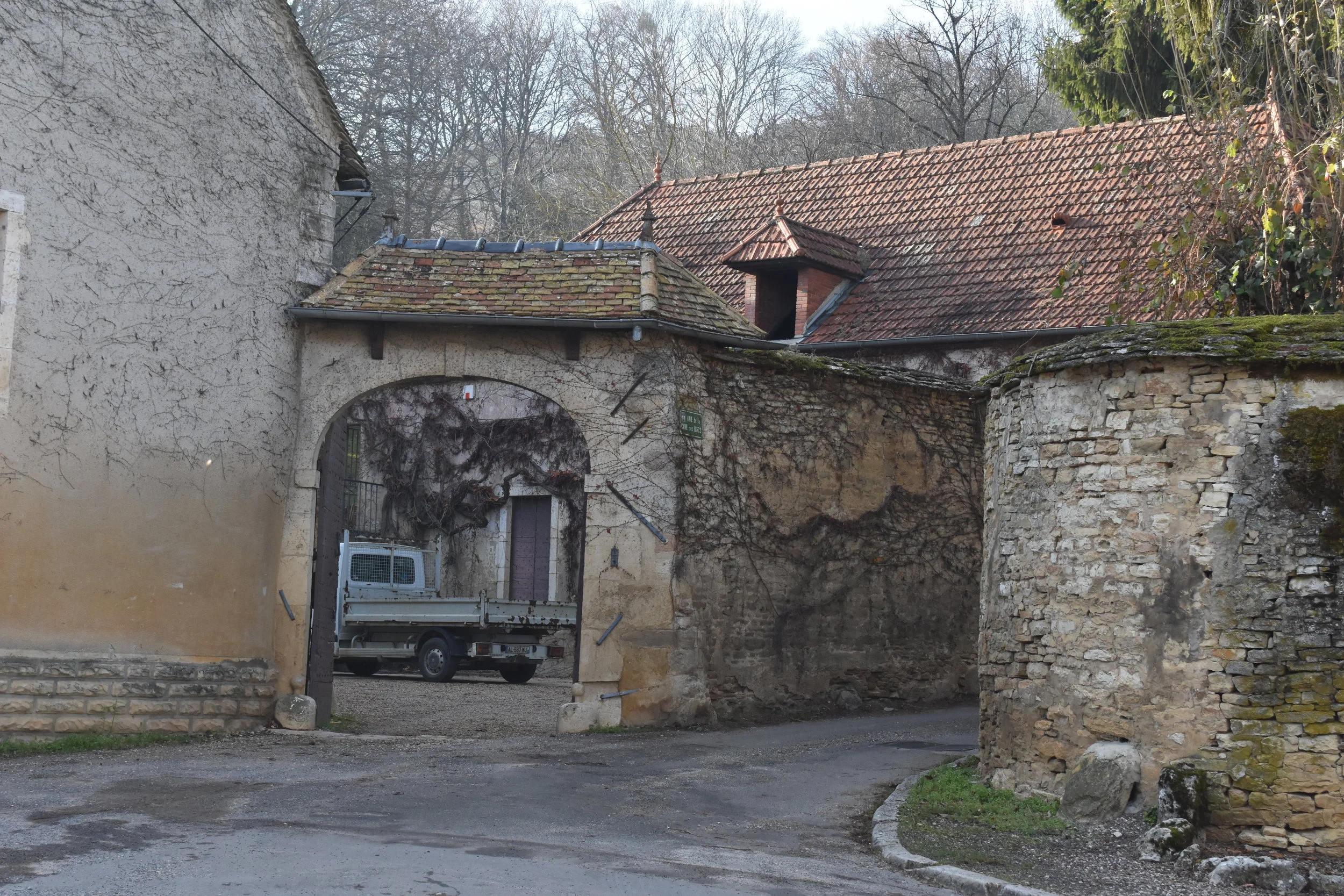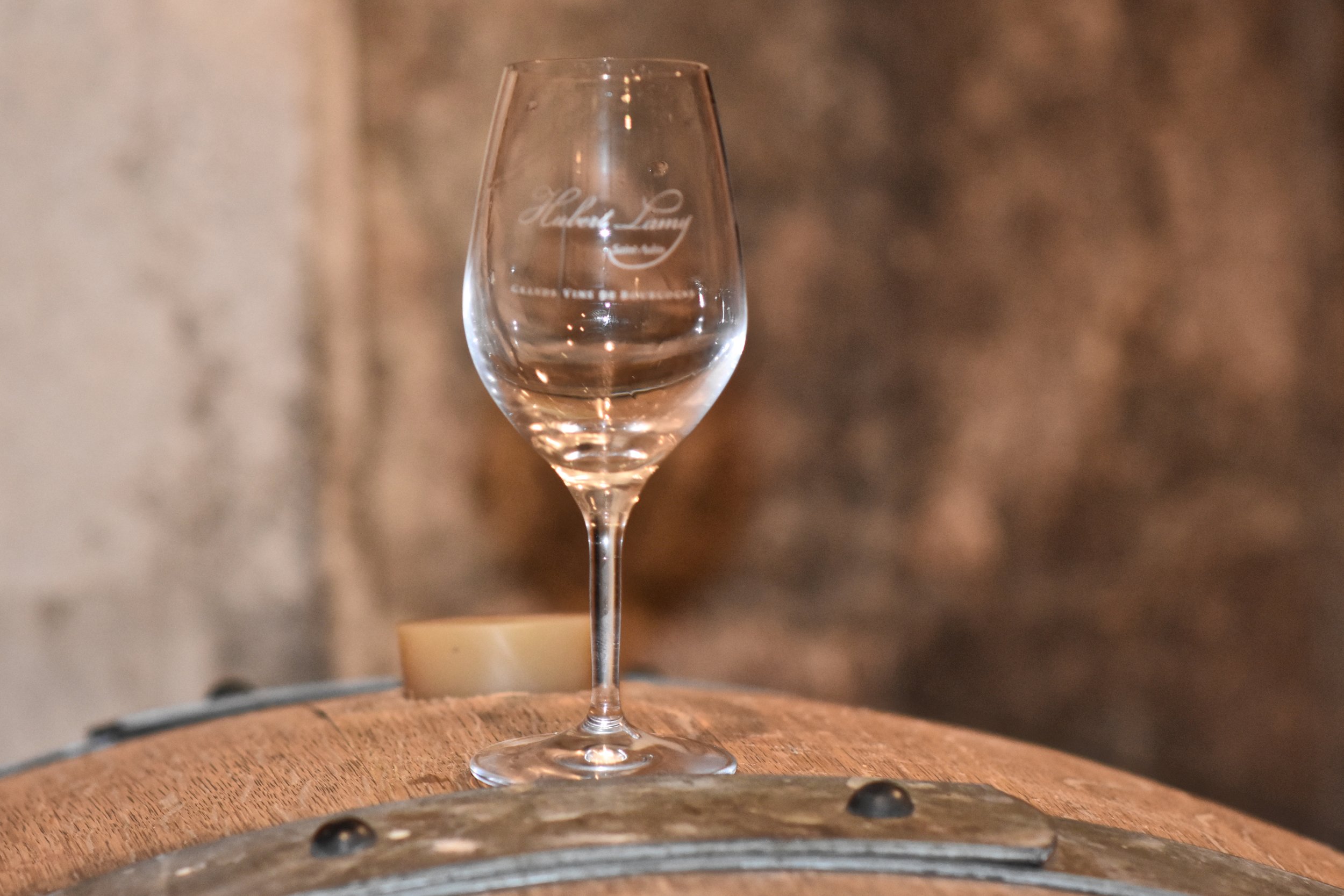Changes over time
First, I really appreciate wine critics who taste at the winery. Clive Coates made the point a long time ago - at the time a pointed criticism of reviewers who did differently - that without contemporaneous input from the winemaker one cannot know facts that may be important in evaluating a wine. It’s malo has only recently finished …it was racked yesterday….These circumstances normally I suppose excuse a wine’s apparent underperformance. Most critics worth their salt of course take this approach today but this was not always so. Tasting at the winery limits the amount of wine that can be tasted. But those all morning large mass tastings one hears about surely serve a different purpose than as a venue for careful assessment of individual wines - being primarily to seek out new growers that merit further exploration at the winery or get a general sense of the qualities of a vintage a whole.
Second, all wine critics have their biases - which can go so far as to amount to prejudice. There are many examples in the past of critics with strong viewpoints on particular issues - and a wine that offends this mantra cannot be good. Parker was all against filtration. Coates disliked a wine with a lot of new oak - and did not hold back on this. Hanson was offended by a wine that had been noticeably chaptalised. Others are adamant that the use of commercial yeasts is fatal to the authenticity of a wine. This list is long. Back then, in order to compensate, the reader had to know these biases and make allowances. But these viewpoints - even when slavishly adhered to to an extent that seems prejudicial - collectively have done the consumer good service. Winemakers have responded. And today I think wine critics are less dogmatic and more measured in their assessment of the impact of possible variables adopted in the cellar. The critics' role today is seen as needing to point out how these choices have influenced the wine in the glass rather than make categorical value judgements about the wine’s quality based on these decisions alone. The critics today are in this sense more objective. But it was not always so.
Third, score inflation is with us - see the post elsewhere on this subject.
Fourth, wine prices for the better bottles have risen so far that a subscription to a wine critic’s reviews that you appreciate is a prudent investment. Avoiding just one mistake pays for a year’s subscription. Allen Meadow makes this point on his subscriber page and it is hard to refute. So sign up.
Tricky issues
The most difficult issue for a critic is surely how to rate a wine numerically which is a fine example of a wine made in a style the critic hates. Which is another reason - as if one were needed - to read the text and not rely on the score. I certainly subscribe to a point made by Matt Kramer that one of the qualities of a connoisseur of any category of object is a recognition of absolute quality, even if one dislikes the style of a particular object. A teapot can be a fabulous example of a particular style even though one hates the look of it. One can dislike Baroque (quite easily in my view) but appreciate its absolute quality. And so it must be I think with a wine critic.
When does a disliked style become an objective fault ? The answer should be never. But perhaps the measure is whether the style is so far removed from what one would expect a wine of that designation to taste like that it ceases to be a representative wine of that designation. Should it be scored lower because it lacks ‘authenticity” or faithfulness to its place of origin. Those in Barolo who use no new oak never argued that a wine made from nebbiolo in the region in barrique with a lot of new oak was not a good wine, only that it was not Barolo. So how does a critic score that wine given that some of his readership will perhaps like the wine a great deal in the more oaky style ? In the accompanying text of course the critic can fully expand on these issues and avoid any misunderstanding. But many do not. The style of the wine, if it has a pronounced aspect or marked signature, should in my view be a part of the note. Gratifyingly, I have often read notes that expressly say the wine is wonderful - and accordingly that the critic has seen fit to rate it highly - but is not at all consistent with what one might expect from the appellation. Phrased like a warning. But I have also read notes of highly scored wines that I know to be of a style that is hardly representative of that type of wine with no accompanying explanation or where the signature of the winemaking is so strong that one feels some acknowledgment of this in the text is essential.
The second problem is how to score a wine that a very fine example of a modest wine. Should any Beaujolais or Nebbiolo d'Alba or a Rias Baixas ever merit a score of 95 ? The answer is yes only if one is scoring in the context of a limited set of wines - and what the score really is communicating is that among wines of this category this one is a really fine example. I have a lot of sympathy for giving high scores to more modest wines because the messaging is made clearer. I am not likely to be fooled a Beaujolais is as "grand" as a Bordeaux First Growth because the scores are the same. And I absolutely share the view expressed by Eric Asimov in the Pour in April 2018 that 'greatness" should be measured at least in part by how appropriate a wine is for a particular occasion. Which could be a picnic. So any scoring system must surely in some way communicate that. A critic's approach to scoring requires explanation and consistency. I do think that consumer appreciation is moving toward assessing a wine's merit based at least in part on what it purports to be, and that a relatively minor wine can, in the right context and on the right occasion, be perfect. But we cannot expect full contextualization by the critic. There are limits. How to rate that very modest wine that was so truly perfect when drunk out of a plastic cup in the company of one's lover on the hilltop with the astonishing view ?
Some critics address this issue by having two levels of score - a numerical score for absolute quality and a star for how good an example is the wine of its type. So a really good Beaujolais may rate 89-91 but have a 5 star rating, informing the reader that the wine is about as good as Beaujolais gets. This approach at least protects the (very) uninformed customer from buying cases of 95 point Beaujolais because he sees it as good value relative to 95 point Chambertin Clos de Beze.
Also there have been attempts - by Michael Broadbent as you might expect - to score a wine both for how it ranks today and how he expects it to rank in the future. So a wine might be rated ***(*) meaning it will be a four star wine in time but isn’t there yet. For Broadbent - who drunk so very much really old wine and being English preferred it that way - the concept of readiness was important. I think this approach in the normal case overlays too strong a personal sense of when a wine is ready, which I think has changed somewhat recently and is anyway always a very individual preference.
I have also been confused by the approach taken by some to rate a wine ( in terms of its score) in the context of the vintage. It is as if one then is expected to multiply the particular score by the overall vintage quality factor. Clive Coates did this and I never really understood the benefit.
Styles of writing
The better known wine critics certainly have a style of writing that is very individual. Often you don't even need to see the attribution to know who has written the note. I do take notes on most quality wines I taste if the circumstances allow because it is a good discipline to follow. I am forced to render an articulated opinion. I have filled many notebooks. In looking over these it is clear I have no flair for it at all. So I admire the critics that do this so well. It is a literary skill as well as a tasting skill. If I could chose I would write a note with a style like Steve Tanzer, whose notes I have long admired for the way they combine levity with serious content.
Descriptions of very specific fruit flavors are in my view almost redundant. I have expanded my frustration of the insistence of critics to do this in another post. I have read side by side many notes from well respected critics that identify very specific fruit flavors in the same wine that have no commonality at all. There is a lot of evidence that no two persons are actually sensing precisely the same flavors and even if they are, their descriptive vocabulary may not be the same. It is very subjective. What I find more reliable and helpful is the basic divide of whether the fruit in a red wine is broadly red or black in flavor. Is it fresh or stewed ? Is the fruit spicy ? Is it a pure expression or complicated by other flavors ? Is it floral as well as fruity ? No doubt it is a tasting deficiency in me, but I am not particularly astute at differentiating types of berried fruits. The difference between prunes and damsons escapes me. I really should perhaps eat more damsons. What I appreciate more is notes that describe the flavors in this broad way and focus more on the structural elements of the wine - the intensity of its aromatics, fruit quality, complexity, depth, concentration, elegance, balance, alcohol, tannins, oak, acid and (a particular quality marker of a young wine in my view) length. This reflects perhaps that Clive Coates was my initiation to reading wine notes from about 1988. There were few references to specific fruits. So I am all about whether the wine has 'grip"! The WSET introduced some discipline into my note taking. But I have a long way to go. And I do greatly admire the critics that do it well.
My personal journey of preferred critics for Burgundy has been from Clive Coates to Steve Tanzer, then on through Allen Meadows to Jasper Morris. It’s a hard task to do well. I admire them all.






